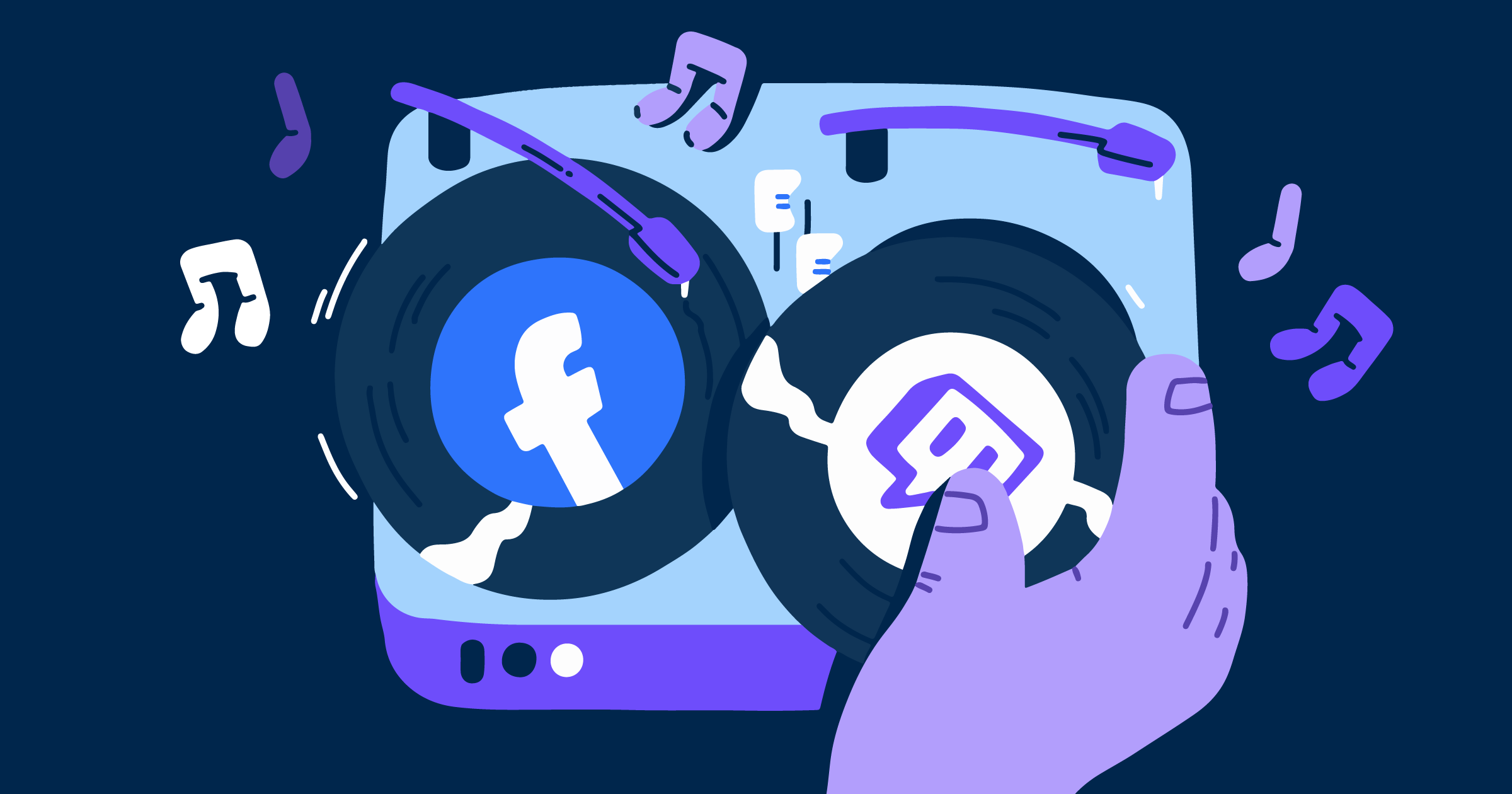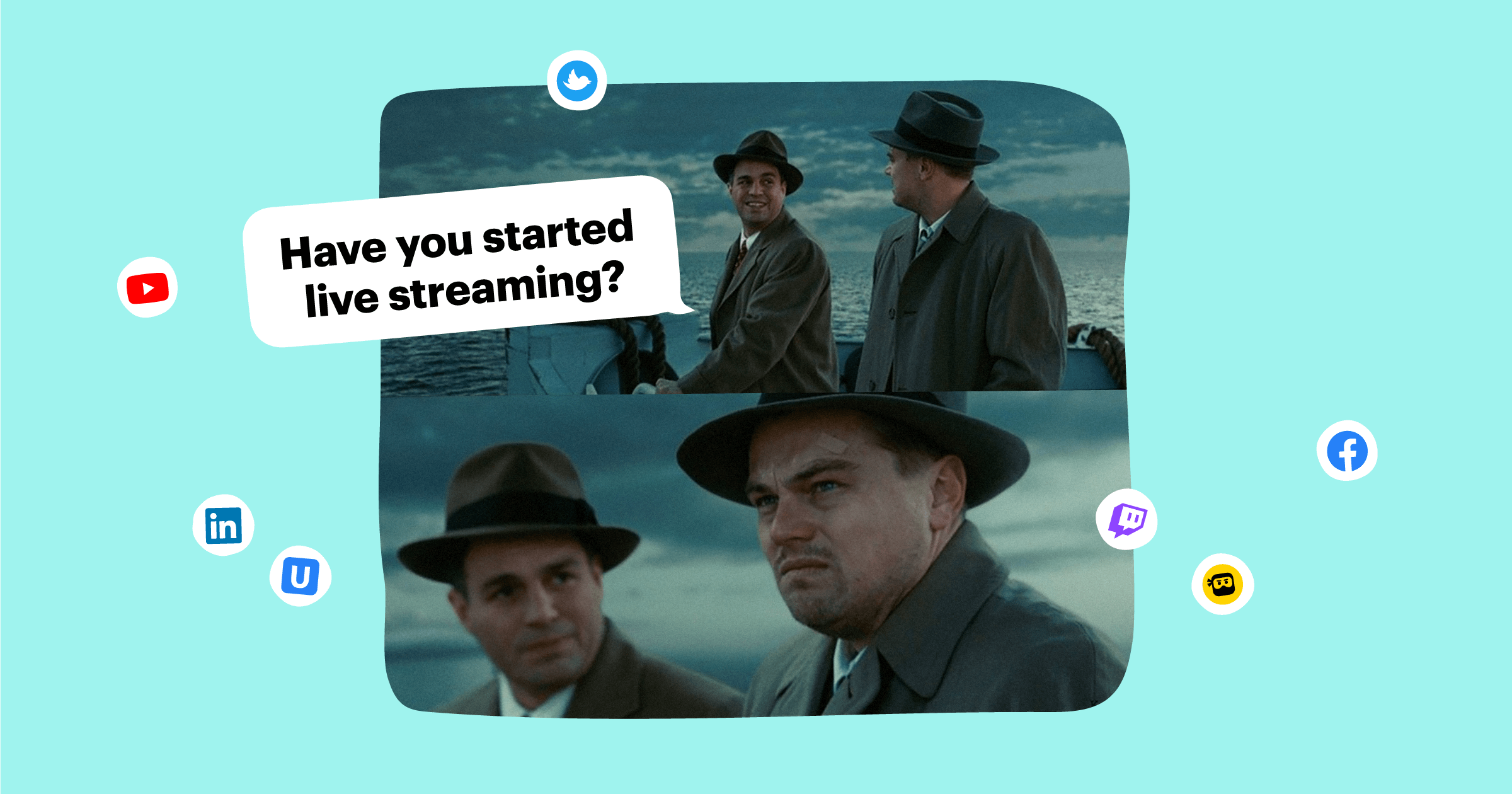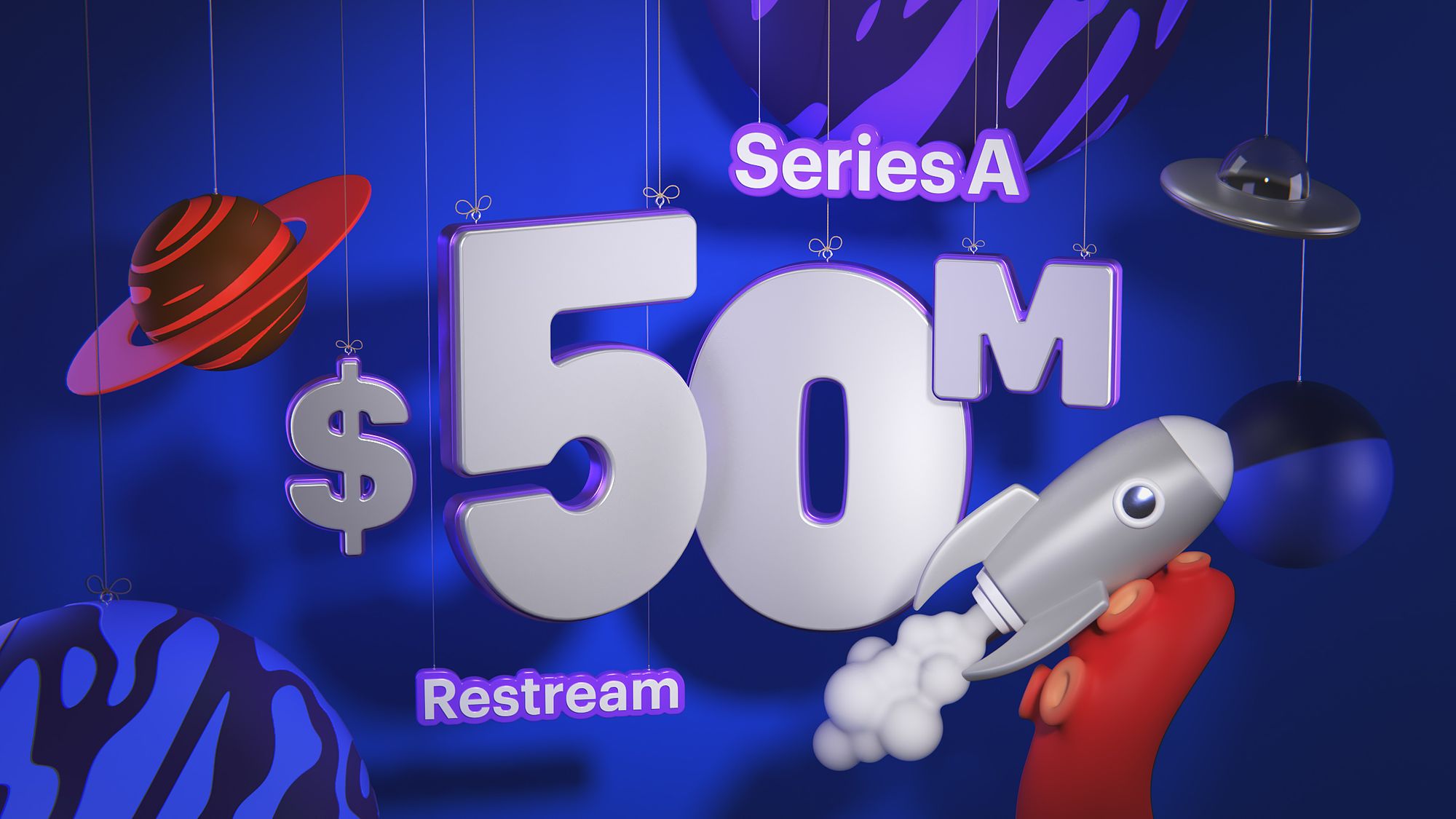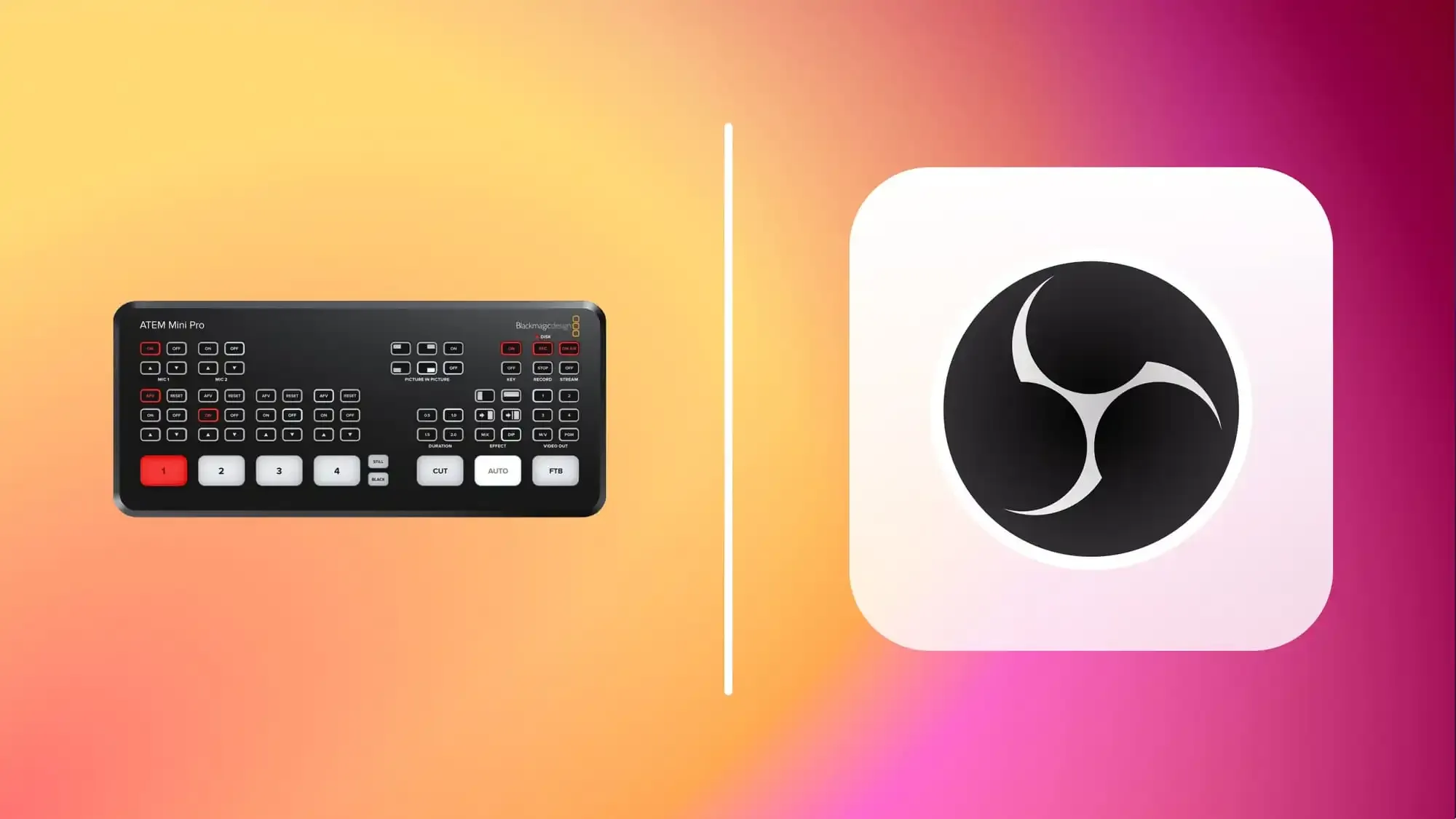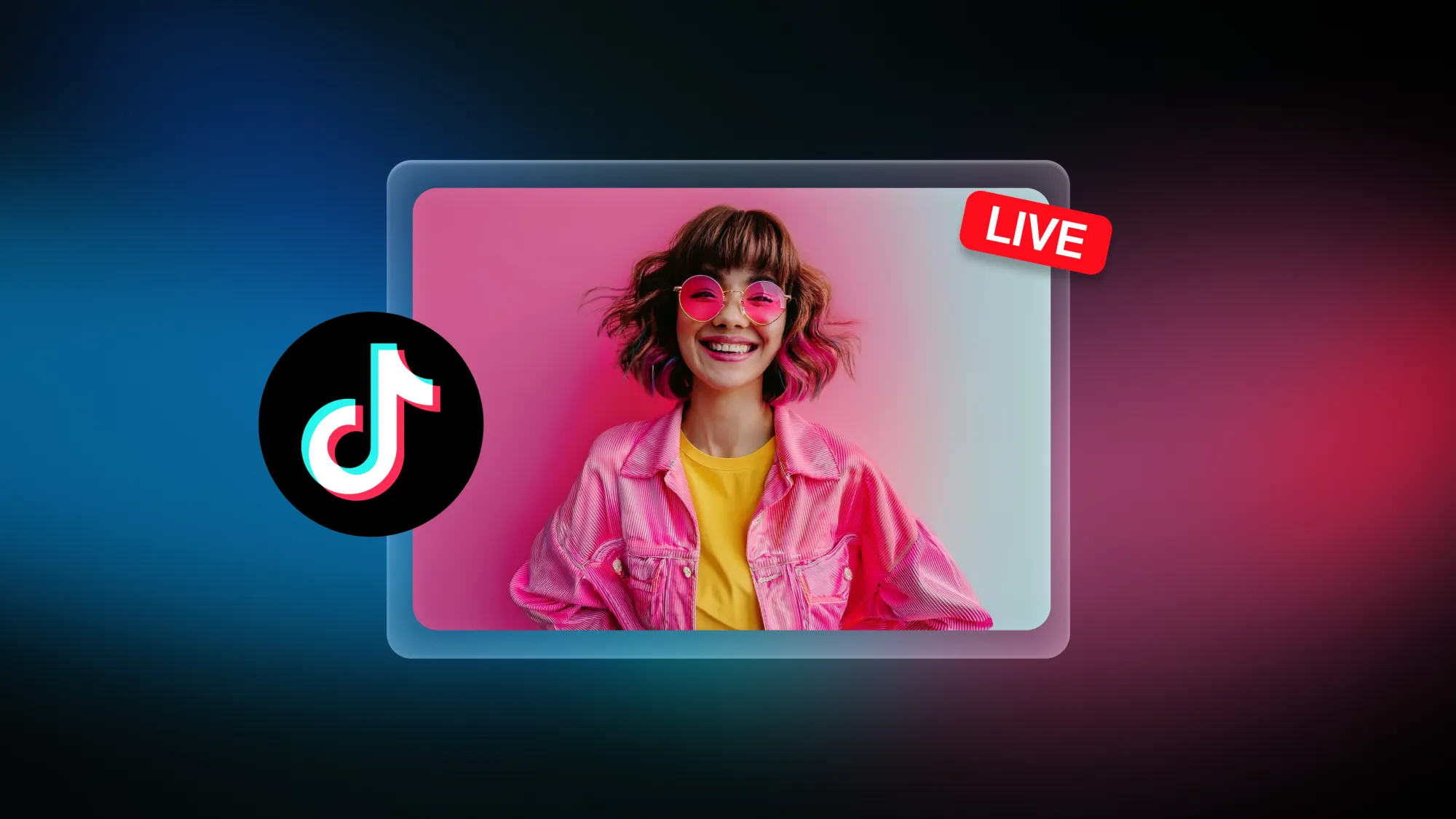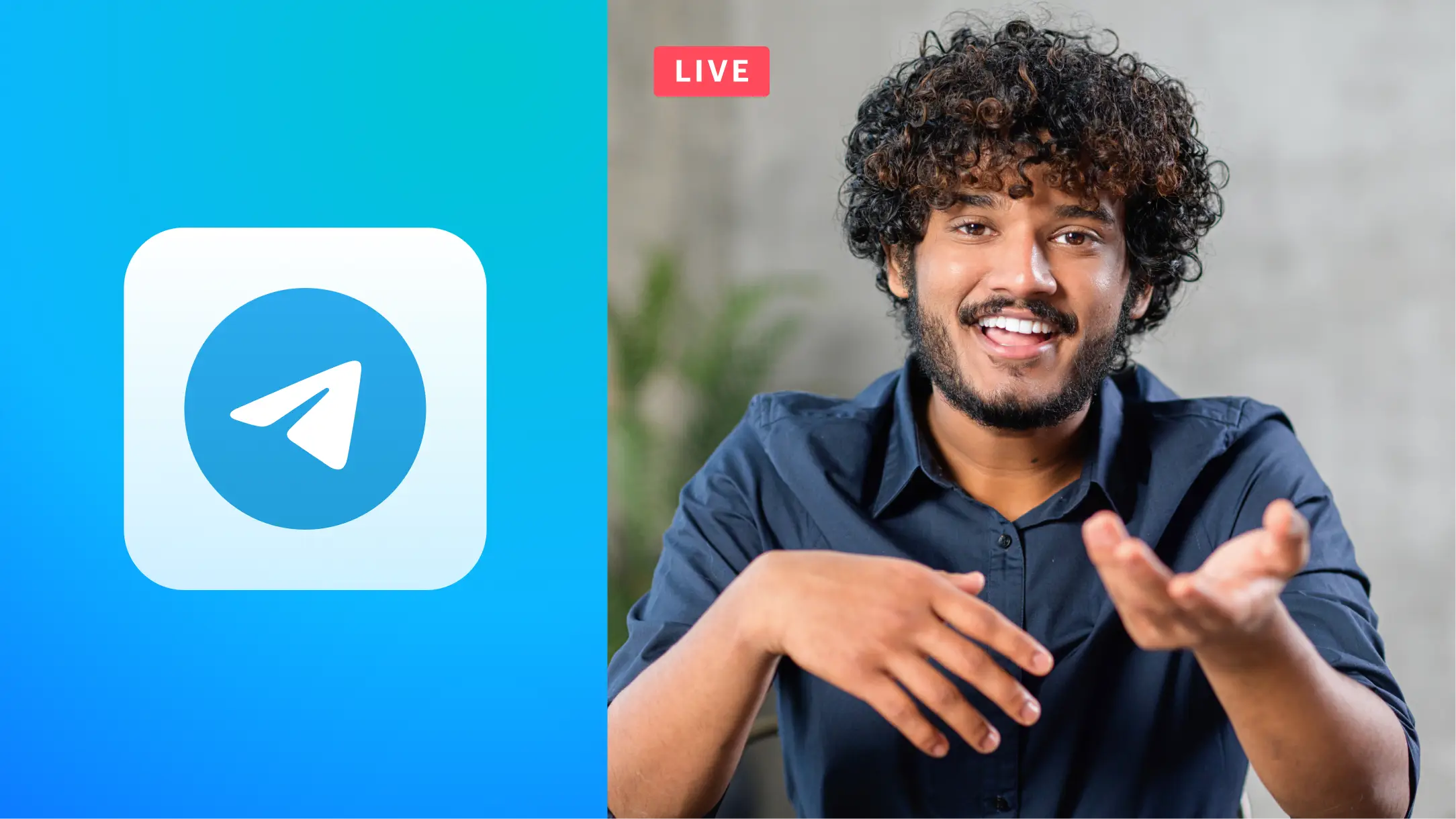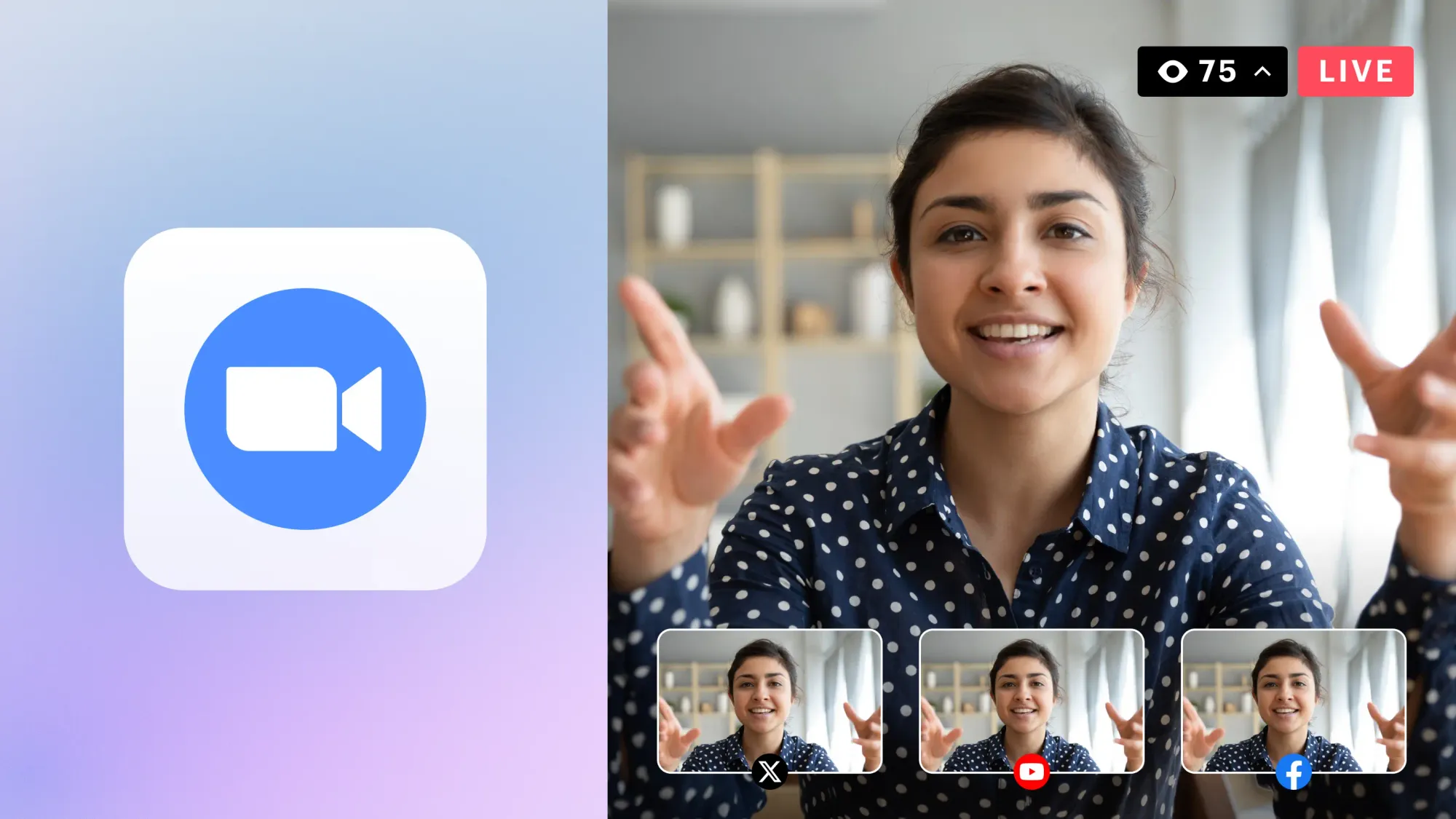To the casual onlooker, the job of a DJ starts and ends with pressing "play" and letting the music do the rest. For some DJs, that's all there is to it — but the audiences know it takes much more to be a good DJ. You know it, too. It takes months, maybe years, of practicing beatmatching, scratch mixing, and building sets to develop the right skillset. Then you need to test it in front of a live audience.
That's where live streaming comes in. If you're having a hard time finding a venue that will allow you to play, taking your set online is a way to get yourself in front of an audience. At the very least, it's a way to practice performing live. So, let's see how you can get into live streaming your sets online.
The Hardware
Having decent hardware is important, but knowing how to use it effectively is what sets the greats apart from the rest. If you're itching to get in front of an audience, you shouldn't let a lack of dedicated gear stop you. You already have your DJ setup — the rest should be easy to figure out, right?
Yes and no. You can get started with little more than your DJing gear, that much is true. But you will need a video source. And because live video significantly outperforms uploaded video in most engagement metrics, you will need a reliable internet connection to upload it. And that's not all you might need.
The Streaming Device
Plenty can happen with your camera footage between the point where you recorded it and the point where it's displayed. The streaming device is the piece of hardware that serves as a bridge between the two, the place where encoding happens.
Encoding or transcoding is a resource-intensive process, but in the strides we've made with technology in the past couple years, you can use almost anything as a streaming device:
- Your cellphone
- Your tablet
- A GoPro camera
- The laptop you use for DJing if you're a software DJ
- A desktop computer for live streaming
Whichever you choose, keep in mind that live streaming can be taxing on a device. If it has to multitask, make sure it can handle the additional load.
The Audio Interface/Sound Card
Your DJing gear, namely your mixer, has to connect with the streaming device somehow, right? So unless you have one of the newer mixers that come equipped with a sound card that's ready to be plugged into the device via a USB cable, you'll need something in between.
There are plenty of different types of hardware you can use, including:
- External sound cards
- Audio interfaces
- Input-output breakout boxes
What you choose will depend on the gear you already have. Still, you should keep in mind that every bit of equipment that relates directly to the quality of your sound is something you should always look to upgrade and improve.
The Cameras
Everyone can use video, live video streaming included, to grow an audience, showcase their skills, or have some fun online. DJs, however, have the challenge of keeping the video visually appealing (or at least appealing enough), without compromising the quality of the audio.
That usually means getting good-quality cameras to record the video and using separate gear to record the audio, then mixing the two to stream live DJ sets.
Using multiple cameras is the right solution because it will allow DJ streaming to use different angles to showcase skills. So you might have a wide-angle that depicts you in the room, but also a bird's eye view of your deck to show your gear and how you are using it while you broadcast your DJ sets live. If you're Fatboy Slim, you can also have a camera operator.
The Internet Connection
Finally, it would help if you kept in mind that you'll need a reliable internet connection to be able to upload your whole live set. And not only will you need the bandwidth, but you'll also need stability and all the other things that make for a good upload speed for streaming.
Whatever you do, avoid connecting via Wi-Fi, as it's unlikely to yield favorable results. Don't do anything except live streaming when you live stream, and make sure you run a couple of tests before you finally go live.
The Software
When it comes to streaming software, you'll have a couple of options, too. The one you pick will mostly depend on your platform of choice, as well as the streaming device you decided to use. Here's what you'll have at your disposal.
Platform Apps
Platform apps will be available to you if you choose to stream via a mobile device. You shouldn't expect too much from them in terms of control or options, but they might be perfectly adequate to perform their job.
OBS Studio
OBS Studio is the go-to live streaming software encoder — a piece of software that lets your computer be the kind of bridge a streaming setup needs. OBS Studio is excellent because, for one, it's free. But it will also give you lots of controls in terms of audio and video sources, overlays, and even a green screen.
OBS Studio can also be a great choice if you have a multi-camera setup. In that case, having someone help you out with your live stream and switching between the cameras would be a great boon for the quality of your stream.
Restream.io
Restream's role in the setup is quite specific. It's a cloud service that allows you to stream to several streaming services at the same time. It can significantly improve your reach, and thanks to the recent advancements with the Restream Studio, it might one day even replace the need for OBS Studio.
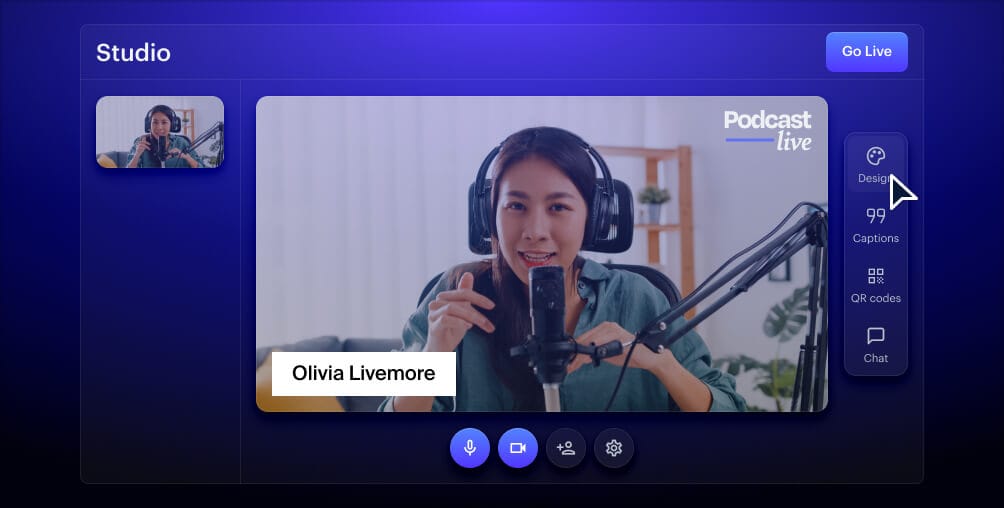
Create stunning live videos
Restream Studio is the easiest way to create high-quality live videos on multiple platforms at once. It's user-friendly and offers an engaging viewer experience.
Overall, it's a freemium service you can use to stream to multiple platforms simultaneously with the resource requirements of a single stream. Restream comes with a lot more features, which include:
Whether you multistream or not, Restream can be a valuable tool when streaming DJ sets. To get the most out of it, however, you have to live stream to more than one platform.
The Platforms
The hot topic everyone's been buzzing about is how Twitch started to crack down on DJs who were playing music for which they didn't have the proper permits. While the whole permission aspect is murky and complicated, one thing's for sure — you're never more than a few strikes away from having your channel banned on most platforms. You should play your sets in a way that conforms with the rules of the platform you're using. Here are the top choices in platforms.
MixCloud
The platform that's welcomed live streaming DJs, MixCloud might not have the presence of its competitors, but it has something better — a deal with major record labels. The closest you can get to legally DJing online is doing it on MixCloud.
Restream can help you with that, too. The service can be used even on platforms it doesn't support natively. In fact, live streaming to MixCloud from Restream is so smooth you'll be up and running in no time, without having to worry that your sets will be taken down.
Twitch
Twitch is the biggest live streaming platform in the world, with the most massive audience and the highest concentration of live streamers. It's the place where some serious bucks are being made. It's also a place where the competition is off the charts.
You'll barely be able to log into the platform without seeing someone's DJ session going on right in front of your eyes. It might be worth your while to learn how to stream to Twitch, and then find a way to do it so your account doesn't get flagged.
YouTube
YouTube is the world's premier video platform that also dabbles in video streaming. While it's nowhere near as famous for streaming as Twitch, it has a larger on-demand audience, which can surely come in handy for a budding DJ.
Or at least it would if YouTube weren't so keen on taking down content after only a whiff of copyright infringement. When it comes to YouTube, use it at your discretion.
Wrapping it up — How to connect everything
Ok, so now that you know what you need, let's see how it's all connected and set up. First of all, make sure your streaming device has the appropriate streaming software. If you're using a platform’s app, make sure you meet the requirements for in-app streaming. That's step number one.
For step number two, you should connect your mixer – or whatever you're using to DJ – with the streaming device. If you have to use a sound card or an interface for it, go ahead and plug it all in. By the time you're done, you should have a viable audio source for your live stream.
Setting up the video source is the next part. If you're using phones or webcams, make sure they're connected and recognized by your streaming software. If you're using DSLRs or camcorders, connect them to your computer via a capture card. Make sure that, by the end of it, you have a clear signal coming from all the cameras you'll be using.
Make sure your streaming software is good to go. Create the necessary scenes, prepare the switches between different cameras, and run everything through Restream if you want to multistream. Finally, do a dry run with a privately released stream. If all goes well, you should be able to hear and see yourself well, and you'll know you've created a setup that will allow you to live stream DJ sets online.

